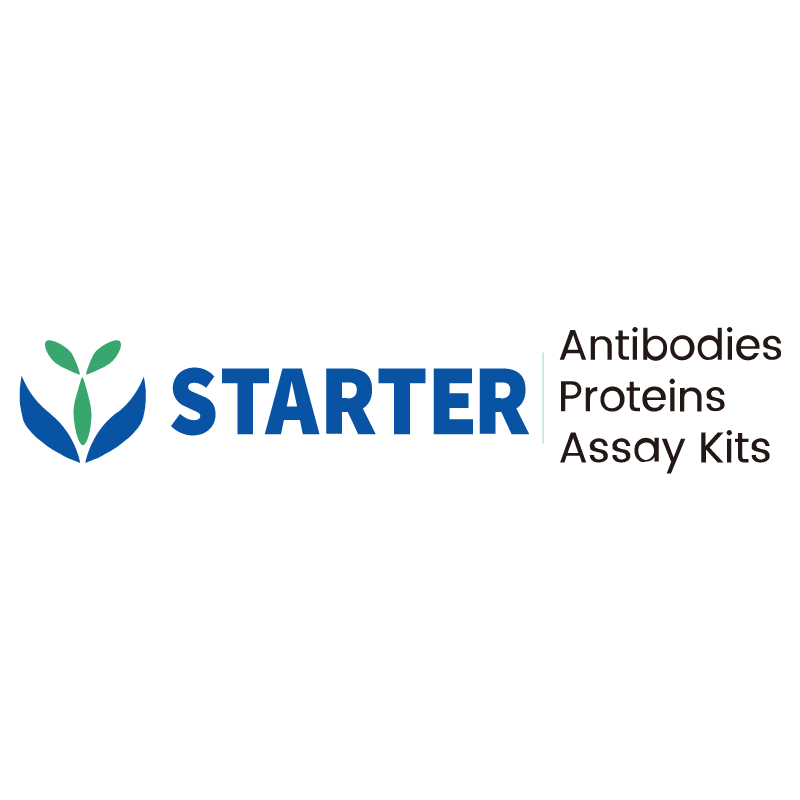WB result of B7-H6 Recombinant Rabbit mAb
Primary antibody: B7-H6 Recombinant Rabbit mAb at 1/1000 dilution
Lane 1: MCF7 whole cell lysate 20 µg
Lane 2: K562 whole cell lysate 20 µg
Lane 3: HepG2 whole cell lysate 20 µg
Lane 4: HEK-293 whole cell lysate 20 µg
Negative control: MCF7 whole cell lysate
Secondary antibody: Goat Anti-rabbit IgG, (H+L), HRP conjugated at 1/10000 dilution
Predicted MW: 51 kDa
Observed MW: 80~90 kDa
Product Details
Product Details
Product Specification
| Host | Rabbit |
| Antigen | B7-H6 |
| Synonyms | Natural cytotoxicity triggering receptor 3 ligand 1; B7 homolog 6 (B7-H6); NCR3LG1 |
| Immunogen | Recombinant Protein |
| Location | Cell membrane |
| Accession | Q68D85 |
| Clone Number | S-1044-43 |
| Antibody Type | Recombinant mAb |
| Isotype | IgG |
| Application | WB |
| Reactivity | Hu |
| Positive Sample | K562, HepG2, HEK-293 |
| Predicted Reactivity | Or |
| Purification | Protein A |
| Concentration | 0.5 mg/ml |
| Conjugation | Unconjugated |
| Physical Appearance | Liquid |
| Storage Buffer | PBS, 40% Glycerol, 0.05% BSA, 0.03% Proclin 300 |
| Stability & Storage | 12 months from date of receipt / reconstitution, -20 °C as supplied |
Dilution
| application | dilution | species |
| WB | 1:1000 | Hu |
Background
B7-H6 is a 51 kD type-1 transmembrane protein composed of 454 amino acids, with two immunoglobulin (Ig) domains, an IgC domain, an IgV domain, and a signal peptide. It interacts with NKp30, an activating receptor on natural killer (NK) cells, triggering innate immune responses. B7-H6 is primarily expressed in humans and rats as a surface protein. The surface form of B7-H6 binds to NKp30 expressed on NK cells and induces NK cell activation. In contrast, the soluble form of B7-H6, shed by metalloproteases ADAM-10 and ADAM-17, inhibits NK cell function by inhibiting NKp30 activation. Chronic stimulation of NK cells with the soluble form of B7-H6 can downregulate the cognate receptor of B7-H6, NKp30. B7-H6 expression has been associated with various cancers, including high-risk neuroblastoma, astrocytoma, and glioma. In high-risk neuroblastoma, serum concentrations of soluble B7-H6 are associated with downregulation of NKp30 expression, bone marrow metastasis, and chemoresistance. In astrocytoma, B7-H6 surface expression is associated with the WHO grade but not with survival rates. In glioma, B7-H6 expression is linked to disease progression and is significantly relevant to cancer progression and pathological type.
Picture
Picture
Western Blot


